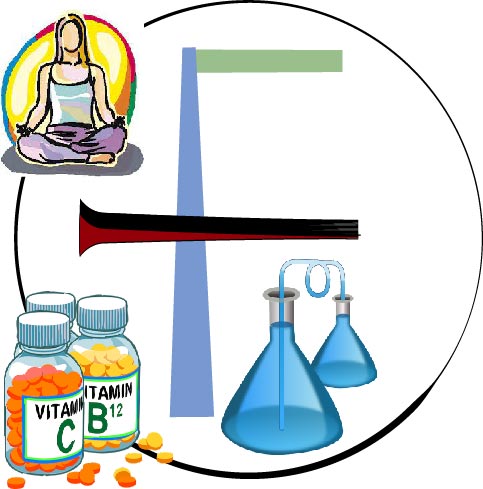- How Much to Get? || Food Sources of Vitamin A || Vitamin A Deficiency || Pregnant or New Mom? || Symptoms of Vitamin A Deficiency ||Treatment ||Prevention
Vitamin A is found in foods such as milk, cheese, eggs, butter, fortified margarine, meat, liver, oily saltwater fish, grains, oils, carrots, squash, dark green and yellow vegetables, and fruits such as cantaloupe or apricots. Vitamin A is important for the eyes and skin, the immune system, and for normal growth.
Vitamin A is a fat-soluble vitamin that is absorbed with fats in your diet and stored in your body’s fatty tissue.
What is Vitamin A Deficiency?
Vitamin A deficiency is the major cause of severe diseases, infections and preventable blindness in children. It is one of the major causes of night blindness in pregnant women. It also affects the immune system and results in deaths from malaria, diarrhoea and measles.
Vitamin A Deficiency Diseases
- Dry and rough skin.
- Growth and development can be halted in children.
- Eye inflammation affects the eyelids, surrounding tissues, and even eyes.
- Respiratory infection and urinary infection occurs in children as well as in adults.
- Dry Eyes results in xerophthalmia, which is a risky form of night blindness where the eye’s outer membrane, conjunctiva leaves it’s goblet cells that help in performing the release of mucus in the eye by keeping it lubricated.
- Reduced or less vision in the dim light at the night. Patients with Vitamin A deficiency will not be able to differentiate the outlines of images available in reduced illumination. They have good vision at day time till the night blindness reaches to high form.
- The loss of goblet cells can seriously lead to xerophthalmia where the eye stops developing tears as they become dead cells. These can be collected from the outer layer of the eye and it seems like a form of debris which leads to blindness and other infections.

